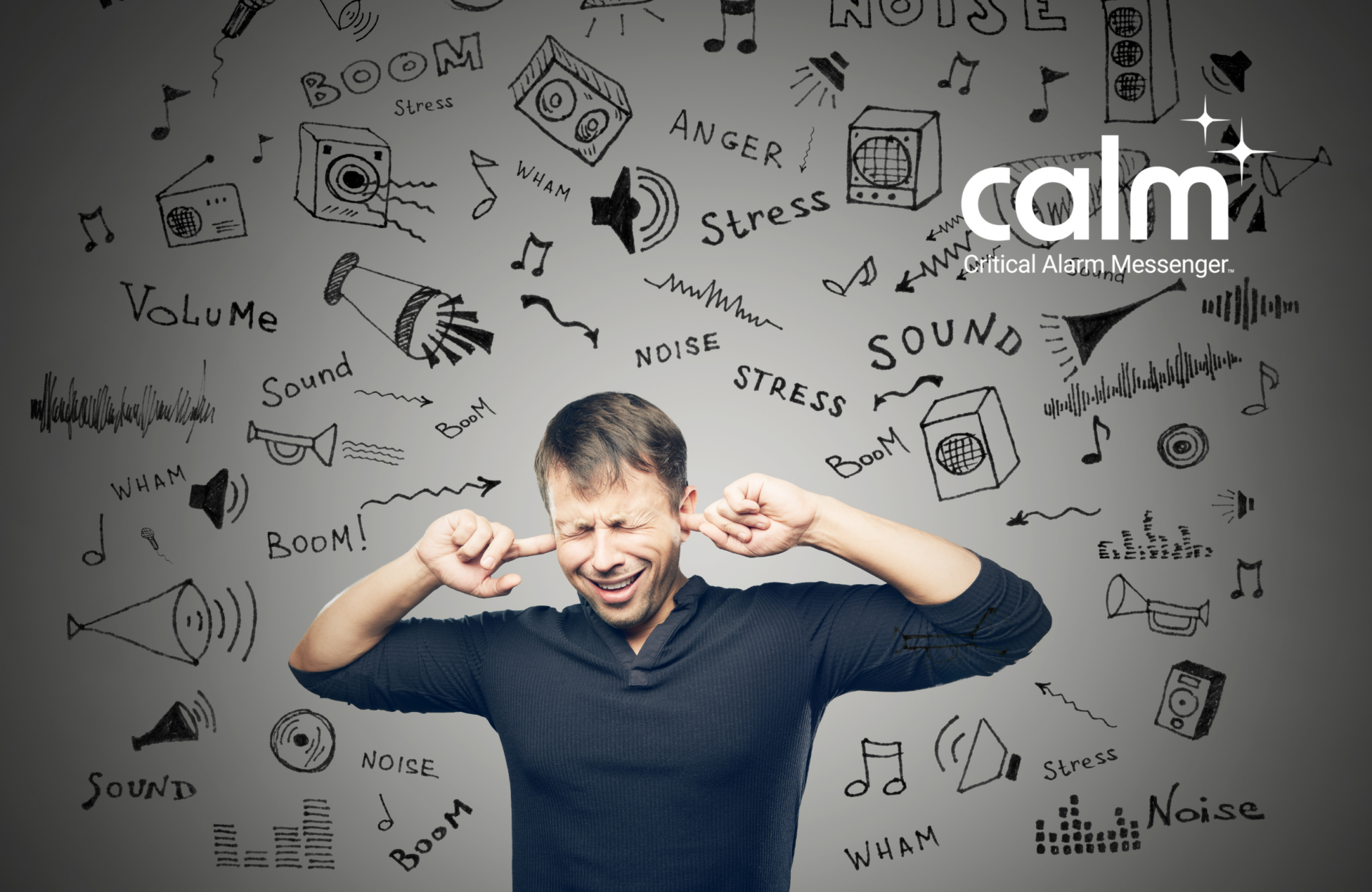In a previous post, we focused on how the pandemic was increasing the general public’s awareness of Indoor Air Quality, and how building designers will begin to incorporate other healthy building practices more and more in their designs. Former strategies for maximizing density to squeeze the most usage per square foot into spaces are no longer acceptable. Due to the restrictions of the Coronavirus, commercial building operators will need to rethink their spaces. Social distancing requirements will speed the drive of some design trends that were considered high end into more buildings, like looser floor layouts and integrated outdoor spaces.
This isn’t the first time health concerns have influenced change in architecture. In the late 1800s, sanatoriums built for tuberculosis patients were designed specifically to lessen the discomfort around the typical symptoms of consumption. Cold feet were a common complaint, so heat was focused near the feet, ceilings were painted in soothing colors for the debilitated, reclining patient’s limited view, and windows were included in each room to provide natural light. Some sanatoriums included terraces for the patient to sleep on since sunlight was known to kill the tetanus microorganism.
Social distancing and quarantine requirements are sending designers back to the drawing board. Building design needs to be reimagined not only for superior occupant experience but also for the health of the occupants and the environment/community surrounding the building. Stakeholders are seeing the value of investing in mechanical systems that allow better air quality; air and water purification systems; and human centric lighting systems. These design upgrades are being viewed not as high-end, over-the-top additions to building design, but as useful, necessary parts of every building.
Stakeholders in existing commercial building stock will be reassessing their physical spaces. Interior design, which had favored wide open spaces and meeting rooms to accommodate large groups, should now reflect the needs of social distancing and quarantine demands. They will need separated spaces that provide the acoustic buffering needed to allow privacy for video chat and online meetings, and multiple divided areas for a change in scenery while maintaining social distance.
The need to get outside after periods of confinement will prioritize adding outdoor spaces to buildings both residential and commercial. Building designers will add dedicated outdoor spaces to provide safe meeting places for business or social reasons. Outdoor conference rooms and individual terraces accessed directly from private offices will be incorporated into office layouts to promote easier outdoor meetings.
In a study conducted by Edinburgh researchers, by analyzing the emotional experience of participants to their environment, they found that walking in green spaces promoted lower frustration and higher meditative and creative moods. Other studies have shown a decrease in both heart rate and levels of cortisol when participants walk out of doors. Even a view of nature out of a window has been proven to lower stress and increase job satisfaction. While more research is indicated, many studies have shown forest environments have beneficial effects on human immune function. And mental health is improved with increased outdoor activity. Incorporating the outdoors into building design will be a solution to address occupant health in building design.
Nontraditional designs inclusive of these concepts were embraced by young, upstart, high tech firms, and thought to be high-end and appropriate more for specialty buildings instead of the average, practical commercial building. This is changing rapidly, as occupants are hyper aware of their surroundings due to the experience of isolation and social distancing. Safety and comfort are important, but mental and physical health will now rank higher on the list of desires when people are considering the building they are going to spend 65% of their day in. The health features of a building will affect the ability of the business it contains to attract talent, rental units to attract tenants and commercial real estate to attract buyers.
The pandemic is driving the building industry to improve their buildings faster than before the pandemic. It is exciting to see this change happening. Future building occupants will look back and say that there was one good thing that came out of the difficult and turbulent time of the Covid-19 pandemic.







